 By Neenah Payne
By Neenah Payne
The star-studded 94th Academy Awards was held on March 27. All the glamorous nominees were hoping to go home with an Oscar. However, few people know what this coveted symbol stands for.
Oscar and Egyptian God Ptah
The Oscar is based on the Egyptian God Ptah who is shown holding an Ankh (symbol of life) and Djed (symbol of power).
Is The Oscar Statuette Inspired By An Ancient Egyptian God? is the official explanation for the design of the statue, but acknowledges its resemblance to Ptah.
WHAT THE OSCARS HAVE IN COMMON WITH EGYPT explains:
“What’s fascinating about the design of the statue is that it is an art deco version of the ancient Egyptian god Ptah. In Egypt, there were two major gods in charge of PICTURE MAKING, CRAFTSMEN, AND ARTISTS. One of them was Ptah. The ancient scribes and sculptors who created the best sculptures and pictures of the temples were granted a statue of the god Ptah from the Pharaoh himself. This ritual would take place at the capital at MnNfr/Memphis in the HutKaPth/Temple of Ptah. Likewise Hollywood’s award ceremony was held in a temple (The Shrine Auditorium) from 1947-2000 where it is now currently held at the Kodak Theater.
The term Oscar also dates back to the Egyptian god Osiris who ruled over the underworld in the constellation Orion. According to pyramid text, the Pharaoh’s soul would ascend into Orion to be reborn as a STAR to live for an eternity, but there was a catch. The Pharaoh’s soul would have to transform into a spirit to reach Osiris. Once the spirit reached Osiris, it was immortalized and remembered forever.
I find it a fascinating parallel that a person has to become an ACTOR (transforming your spirit into another) to win an Oscar. These stars are then immortalized by placing their names in a stone star on the Hollywood walk of fame. What’s also interesting about Orion is that NASA has discovered it has a Star Nebula where they believe that stars are born.”
Dollar Bill: Pyramid and Eye of Horus
America is living in ancient Egypt with eyes wide shut. The US Founding Fathers worshiped ancient Egypt. That’s why the Washington Monument in the Mall of the nation’s capital honoring the first president looks like an Egyptian obelisk. That’s why our currency has a pyramid with the Eye of Horus.
The back of the dollar shows an Egyptian pyramid with the Eye of Horus.
The book Sir Francis Bacon: The New Atlantis says that “The New Atlantis,” published in 1627, depicts the creation of a utopian land. Bacon was an English philosopher, statesman, scientist, jurist, orator, and author who served both as Attorney General and as Lord Chancellor of England. Bacon was the first recipient of the Queen’s Counsel designation and was conferred in 1597 when Queen Elizabeth reserved Bacon as her legal advisor. After the accession of King James I in 1603, Bacon was knighted. After his death, Bacon’s works remained extremely influential.
Bacon played a leading role in establishing the British colonies in North America, especially in Virginia and the Carolinas. The Founding Father of the US reportedly followed the leadership of Francis Bacon who wanted to found a “New Atlantis” in America. However, it is clear by the official monuments that have been chosen and various icons that the real, but hidden, goal was to found a New Egypt here.
The Egyptian Pyramid and Eye of Horus are also shown in the symbol for America Online and the graphic for the Information Awareness Office. Egyptian influence is pervasive — but unrecognized by most people.
Our Understanding of History Is Wrong
So much of the real history of the West has been erased. Several European and American authors have been working to restore our fascinating real history. The Hermetica: The Lost Wisdom of The Pharaohs shows it would be hard to overstate the impact of Egyptian culture on Europe. In the inspiring video below British author Peter Gandy reads from the book’s introduction and cites the quote:
“A nation without a history is like a man without a memory.”
Gandy points out:
“The correct memory of who we are, where we’ve come from is essential to understanding who we are right now, and where we are going. We live in a culture that has been so bowdlerized by the Christian takeover which has endured for a couple thousand years and has given us a completely mistaken identity of who we are. Our memory is wrong. Your memory is your identity. Without a correct memory, we don’t know who we are or where we’re going. So, for me, history is a sacred science. Also, it is about giving credit where credit is due.”
Gandy explains that when the “Classics” were established as the curriculum of the British Empire, the English and other Europeans could not admit their debt to the people they were enslaving, and falsified the origin of Western civilization by attributing it to Greeks rather than to Egypt. However, ALL the ancient Greeks studied in Egypt — the center of learning. It was a badge of honor to study there.
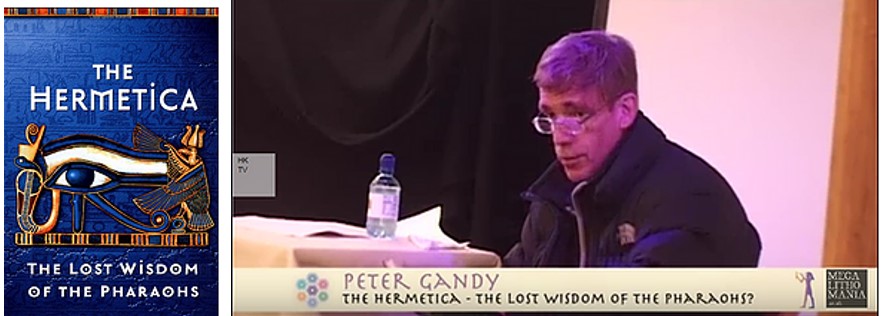 When the Greeks brought that knowledge home, they were exiled or killed because the knowledge was foreign to Europe. When Rome was conquered in 500 AD, Europe fell into the Dark Ages. When The Hermetica was re-introduced to Europe in the 16th century, it sparked the Renaissance. Gandy says when the works of Hermes were discovered in the 1500s, they were brought to Florence, Italy.
When the Greeks brought that knowledge home, they were exiled or killed because the knowledge was foreign to Europe. When Rome was conquered in 500 AD, Europe fell into the Dark Ages. When The Hermetica was re-introduced to Europe in the 16th century, it sparked the Renaissance. Gandy says when the works of Hermes were discovered in the 1500s, they were brought to Florence, Italy.
Gandy points out:
“The emergence of a glorious new culture signaled the end of the Dark Ages. We call this period the “Renaissance” meaning ‘rebirth’ which is a fitting name, for at the heart of the Hermetic philosophy is the idea of being spiritually reborn….Students of the ‘New Learning’, as the Florentine experiment became known, were sent out as emissaries, beginning new movements wherever they went.
Reuchlin, ‘the father of the Reformation‘ and teacher of Luther and Erasmus, left Florence and sowed the earliest seeds of the Protestant Reformation in Germany. Thomas Linacre founded the Royal College of Physicians in London….As in Alexandria a thousand years earlier, the Renaissance viewed science, art, literature, and religion as parts of a united whole to be studied together….”
Hermetica Sparked The Renaissance
Gandy explains:
“It was a situation that challenged the authorities of the Roman Catholic Church and in 1492, with the aid of the King of France, they crushed the Republic of Florence. Although the heady days of the New Academy were over, the suppression was too late to prevent the ripples of its influence expanding ever outwards….Within less than 200 years, the Renaissance had conquered Europe…
Evangelists of the new ‘Egyptian’ religion of Thrice-Great Hermes, such as Giordano Bruno, travelled extensively in Europe….He believed that the Egyptian religion of Hermes was the ancestor of the Greek Mystery Schools, the religion of Moses and the Jews, and the birthplace of Christianity. In Bruno’s imagination, it was now poised to become the unifying religion in which Jews, all denominations of Christians, Platonic humanists, and even Muslims could meet and resolve their differences.
Bruno’s courage and conviction was nowhere more clearly demonstrated than in his decision to return to Italy, where within a short time, he was arrested by the Roman Catholic Church. He endured eight years of torture during which he refused to recant, and in 1600 was led out into the ‘Square of Flowers‘ in Rome and ceremonially burnt alive.”
Giordano Bruno: Hermetic Scholar / Church Martyr
Giordano Bruno (1548–1600) was a Dominican Friar, Gnostic Saint, philosopher, mathematician, poet, and cosmological theorist. He is one of the great figures of early modern Europe.
Ingrid Rowland’s Giordano Bruno: Philosopher/Heretic establishes him as a peer of Erasmus, Shakespeare, and Galileo — a thinker whose vision of the world prefigures ours. Frances Yates argues in Giordano Bruno And The Hermetic Tradition that Bruno was deeply influenced by Arab astrology, Neoplatonists, Renaissance Hermeticism, and the legends surrounding the Egyptian god Thoth.
Bruno’s murder by the Catholic Church was part of the brutal Inquisition designed to suppress the resurgence the empowering Egyptian wisdom. Bruno’s case is considered a landmark in the history of free thought and the emerging sciences. A statue of Bruno now stands, facing the Vatican, in the Campo di Fiori where the Church burned him alive! The Church canonized Bruno’s Inquisitor in the 1930s!
Thoth / Hermes
The Egyptians credited Djehuti/ Tehuti/Thoth (whom Greeks called “Hermes Tresmigistus” meaning “Hermes: Three-Times Great”) with giving them writing. Djehuti is often shown as a scribe with the head of an Ibis. Our word “thought” may come from the version of his name (Thot). The caduceus, the symbol of Western medicine, was the symbol of Thoth and features two snakes winding around a winged staff. The Romans called Thoth the winged god Mercury.
Gandy explains that:
“In the ancient Egyptian language, the sound of a word had a magical power which complemented its meaning — a view of language which we unconsciously retain when we talk of ‘spelling’ a word. Translation inevitably means that we have lost this original power and clarity.”
Egyptian Script: Origin of Western Alphabets
The chart below shows how the Egyptian hieroglyphs and hieratic script became the Phoenician, Greek, Roman, and Hebrew scripts. Thus, both our words and alphabets are derived from the ancient Egyptian language. The Russian Cyrillic alphabet was also derived in this way.
Ancient Egyptian Universal Writing Modes by Moutafa Gadalla says,
“This book will show that the Egyptian Alphabetical language is the MOTHER and origin of all languages: and how it was diffused to become other ‘languages’ throughout the world.”
Ancient Egyptian Literature by Adolf Erman, confirms:
“The Egyptians alone … attained to the highest form of writing, the alphabet.”
The Formation of the Alphabet by W.M. Flinders Petrie, a British Egyptologist says:
“From the beginning of the prehistoric ages, a cursive system of linear signs, full of variety and distinction was certainly used in Egypt.”
Hermetic Principles: Basis of Computer Science
The Hermetic Warriors – Giordano Bruno: Part 1 says that Bruno, a towering genius, was the foremost Hermetic philosopher of his day — as important as Copernicus and Newton and was hugely influential to Galileo. Bruno’s influence over the scientific revolution has been downplayed. He applied Hermetic principles to social, political, and religious systems.
Bruno’s ideas threatened to undermine the Catholic Church. He was almost erased from history, but has been re-discovered in recent times. Bruno believed that the Hermetic philosophy and cosmology unlocked the secrets of nature and the cosmos. His work on cosmology inspired enormous scientific advances. Even the basic principles of computer science and information theory, including the binary system, can be traced to his application of Hermetic principles.
AWAKENING MAGIC Secrets of the 7 Hermetic Principles Alchemy – Kybalion Hermetic Wisdom Esoteric (video) discusses the Seven Hermetic Principles of Thoth. Thoth’s laws were handed down in the 7 Hermetic Principles that govern our material and spiritual life. Knowing these Universal Laws helps deepen your insight into the nature of reality. Hermetic Principle #1: Mentalism (all is mind) shows that the Egyptians understood that consciousness is the foundation of the universe. Western science is now struggling to understand this concept! Thoth was the founder of the ancient Egyptian Mystery Schools, the origin of Western religions.
The Hermetic Teachings of Tehuti is a more in-depth explanation of the 7 laws. It explains that all civilizations around the world are derived from the wisdom of ancient Egypt which was the center of learning for thousands of years.
Imhotep: Father of Western Medicine
We are told that Hippocrates was “the father of Western medicine.” However, when Hippocrates studied in Egypt, his mentor was the great sage Imhotep who was regarded as the son of Ptah. The so-called “Hippocratic Oath” is the oath Hippocrates learned from Imhotep. As Imhotep the African: Architect of the Cosmos by Robert Bauval and Thomas Brophy shows, it was Imhotep who was the father of Western medicine.
Imhotep was a late-27th century BC chancellor to the pharaoh Djoser, architect of the first Step Pyramid, and high priest of the sun god Ra at Heliopolis. Today, he is referred to as a polymath — poet, judge, engineer, magician, scribe, astronomer, astrologer, and especially as a physician. Imhotep was so great that he was deified in his own lifetime! Two thousand years after his death, Imhotep’s status had risen so that he was eventually equated with Thoth, the god of architecture, mathematics and medicine, and patron of scribes.
As a founder of Egyptian culture, Imhotep’s idealized image lasted well into the Roman period. In the Ptolemaic period, the Egyptian historian Manetho credited Imhotep with inventing the method of a stone-dressed building during Djoser’s reign. Although Imhotep was not the first to build with stone, a building of the size of the Step Pyramid made entirely of stone had never before been constructed. Prior to Djoser, pharaohs had been buried in mastaba tombs.
Amazon says of Imhotep the African: Architect of the Cosmos:
“In this ground-breaking book, Egyptologist Robert Bauval and astrophysicist Thomas Brophy uncover the mystery of Imhotep, and ancient Egyptian superstar, pharaonic Da Vinci, Michelangelo, Galileo, and Newton all rolled into one. Based on their research at the Step Pyramid Complex at Saqqara, Bauval and Brophy delve into observational astronomy to ‘decode’ the alignments and other design features of the Step Pyramid Complex, to uncover the true origins and genius of Imhotep.
Like a whodunit detective story they follow the clues that take them on an exhilarating magical mystery tour starting at Saqqara, leading them to temples in Upper Egypt and to the stones of Nabta Playa and the black African stargazers who placed them there.”
Stolen Legacy
Stolen Legacy: The Egyptian Origins of Western Philosophy is by George G. M. James.
“For centuries the world has been misled about the original source of the Arts and Sciences; for centuries Socrates, Plato, and Aristotle have been falsely idolized as models of intellectual greatness; and for centuries the African continent has been called the Dark Continent, because Europe coveted the honor of transmitting to the world, the Arts and Sciences.
It is indeed surprising how, for centuries, the Greeks have been praised by the Western World for intellectual accomplishments which belong without a doubt to the Egyptians or the peoples of North Africa….After nearly five thousand years of prohibition against the Greeks, they were permitted to enter Egypt for the purpose of their education.
From the sixth century B.C. therefore to the death of Aristotle (322 B.C.), the Greeks made the best of their chance to learn all they could about Egyptian culture…but after the invasion by Alexander the Great, the Royal temples and libraries were plundered and pillaged.”
See my website Ancient Egypt: Key To New Golden Age!
Neenah Payne writes for Activist Post and Natural Blaze
Become a Patron!
Or support us at SubscribeStar
Donate cryptocurrency HERE
Subscribe to Activist Post for truth, peace, and freedom news. Follow us on SoMee, Telegram, HIVE, Flote, Minds, MeWe, Twitter, Gab, What Really Happened and GETTR.
Provide, Protect and Profit from what’s coming! Get a free issue of Counter Markets today.


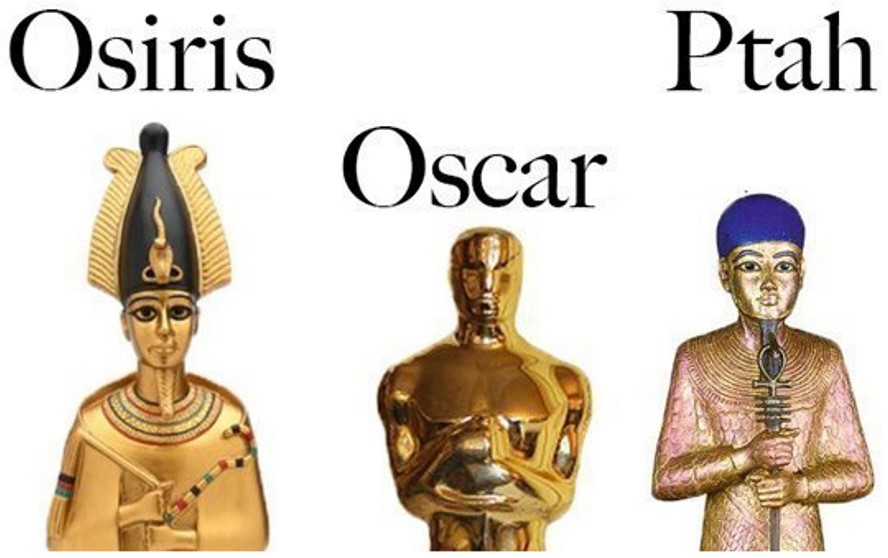

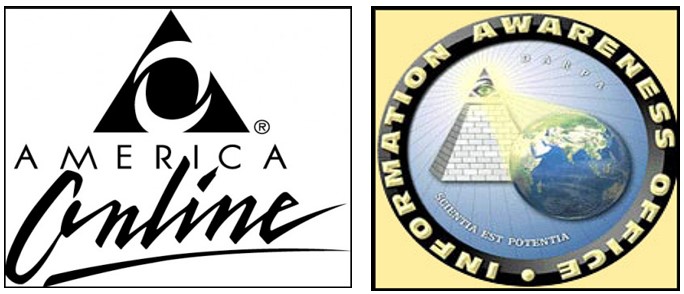


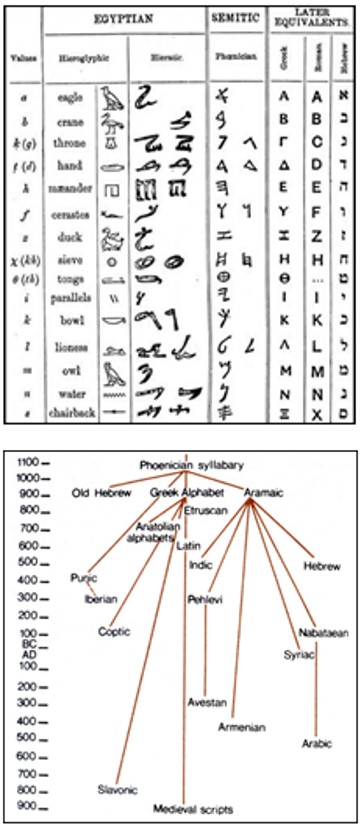
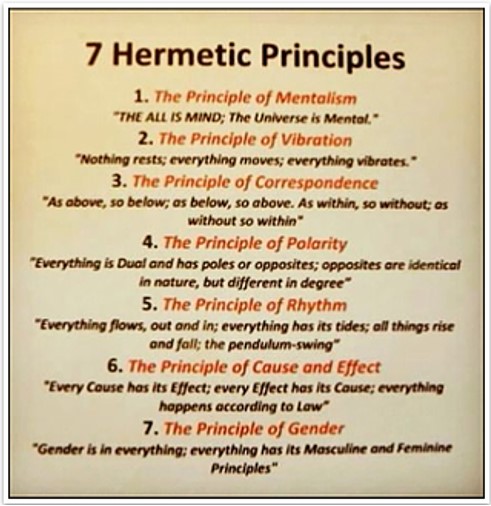



Be the first to comment on "Oscar Is Based on Egyptian God Ptah"